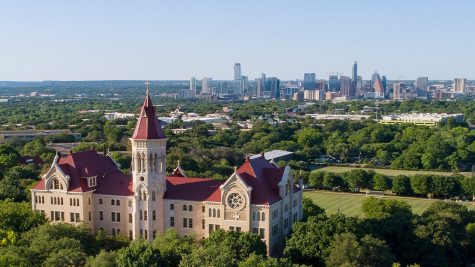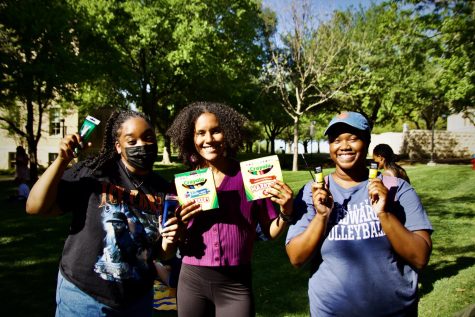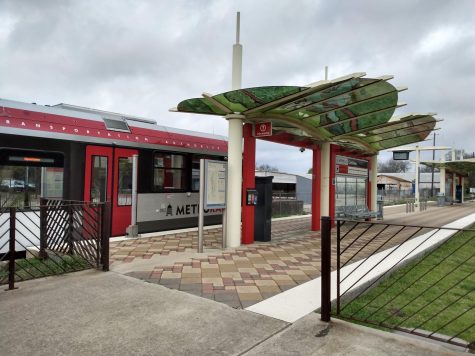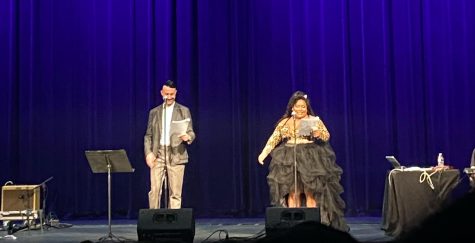St. Edward’s said ‘yes’ But what will prospective students say?
Emily Lawson, a senior at James Bowie High School in Austin, will be one of the approximately 800 students expected to make up the Class of 2022 at St. Edward’s. For Lawson, picking St. Edward’s over the University of Texas at Austin was the “toughest battle.”
Though the private, liberal arts institution triumphed this time, St. Edward’s has increasingly been losing this battle in recent years.
The yield rate, or the percentage of accepted students who ultimately decide to enroll, has dropped — from 27 percent in 2013 to 17 percent in this year’s admission process.
“This trend isn’t unique to St. Edward’s,” Director of Freshman Admission Drew Nichols told Hilltop Views via email. “Institutions across the country are seeing significant increases to their applicant pools as a result of Common App and applications like Apply TX, which make it easy for students to apply.”
Developed 40 years ago, the Common Application created a streamlined application process in which students could send one application to multiple colleges and universities. A system that began with just 15 member institutions has grown to about 750, generating more than four million application submissions each year.
While these online application services have made it easy for students to apply, they have made it more difficult for universities to gauge who the most interested applicants are, Nichols said.
Incoming freshman Kelly Salinas was in-line with the average applications submitted per student through the Common Application, vying for acceptance from five colleges.
Of the colleges that the Houston high schooler applied to, she was seriously considering Knox College in Galesburg, Illinois and St. Edward’s. On Monday, she officially committed to SEU.
“I kind of applied [to St. Edward’s] on a whim,” Salinas said. “I kind of went on a rollercoaster with my choices, not even gonna lie. It really came down to distance because Knox is so far and St. Edward’s is such a good fit for me, that I just kind of made it a no-brainer, you know?”
With the May 1 deadline to accept an admission offer rapidly approaching, and just under 600 students who have submitted their enrollment deposit as of last week, the university is counting on students like Salinas to achieve the 800 expected enrollment.
“The two weeks prior to May 1 are our biggest weeks for deposits,” Nichols said. “Between now and the first of May, we historically get over 200 students committing to attend.”
Along with the drop in yield rates is an evolving foresight during the admissions process. “The acceptance rate has remained fairly consistent over the past five years, but what has changed is the number of students submitting applications and the number of students we need to admit in order to enroll a class that is similar in size,” Nichols said.
This application process drew about 2,500 more applicants than there were in 2013. Though there were fewer applicants back then, the acceptance rate landed near 48 percent. Applicants this year didn’t face as much competitiveness with an acceptance rate of about 55 percent.
Salinas’ other liberal arts college option, Knox College, has also operated under similar circumstances. Rated as “more selective” by U.S. News and World Report, the college had a 72 percent acceptance rate and a 15 percent yield rate in 2017, according to their Office of Institutional Research.
Prospective students are evaluated by a minimum of two staff members, who view competitive applicants as students in the top half of their graduating class and scored a 1080 on the SAT or a 21 on the ACT.
“Aside from grades and scores, we’re interested in learning about what applicants can contribute to our community outside of the classroom,” Nichols said. “So many of our applicants are already serving their communities and demonstrating leadership on their high school campuses, and we love to see that students have gotten involved with things that they’re passionate about, whether that’s participating in athletics or volunteering for a political campaign.”
Student writing samples and letters of recommendation also contribute to a well rounded evaluation. The goal is to attain an understanding of the students character and abilities, many of which are indeterminate by numbers alone. Doing so helps to paint a more comprehensive picture of who the student is, Nichols said.
Fitting that guide, Salinas participated in debate tournaments and joined her high school newspaper as a graphic designer. In the fall, she plans to study environmental science and policy, and possibly photo communications.
Lawson, who will study studio art, is also toying with the idea of a double major, but in English.
“[St. Edward’s] originally wasn’t my first choice for a university,” Lawson said. “But after seeing the campus and student life, I knew this was where I wanted to spend the next four years of my life following the chaos that is high school.”
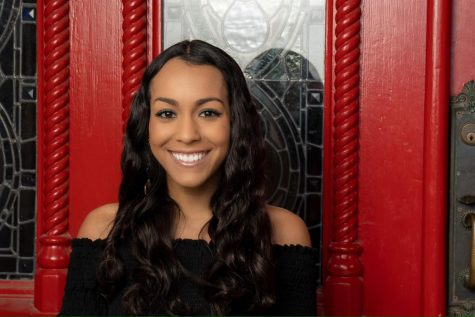
Hey everyone! My name is Gianni Zorrilla. I study communication and journalism and digital media here at St. Edward’s and am one of the Editors-in-Chief...







